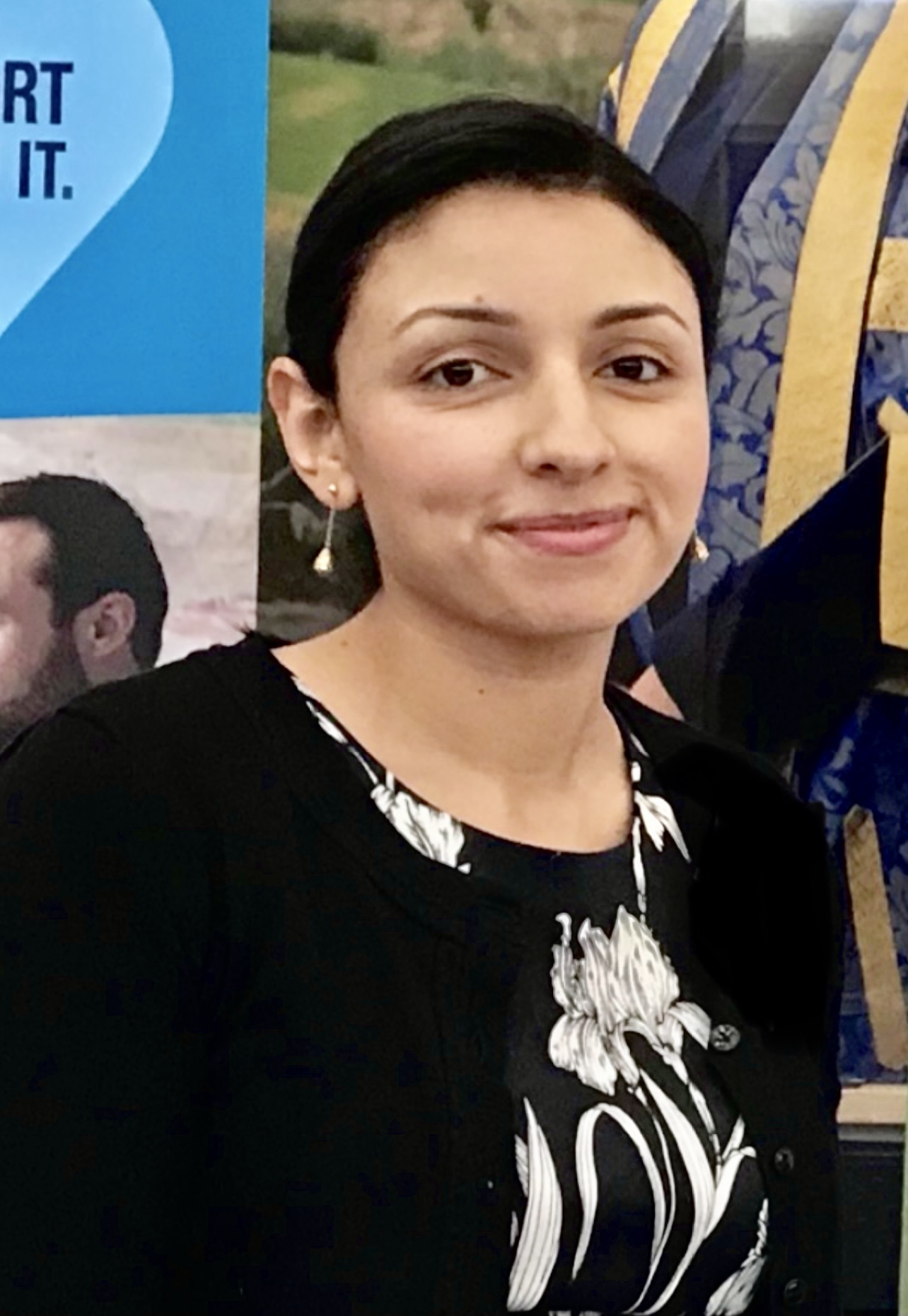Ahead of National Diabetes Week (July 9–15), Australian Pharmacist explains the transformative impact of diabetes technologies and why greater accessibility is essential.
June Kay, a patient in her late 60s with type 2 diabetes, was in remission from breast cancer when she experienced a cancer recurrence.
The medicines she was taking throughout her cancer treatment, including a high dose of steroids, caused her previously well-managed diabetes to spiral out of control, said Adelaide-based Credentialled Diabetes Educator Cindy Tolba MPS.
‘She was pricking her finger [up to] 10 times a day,’ said Ms Tolba. ‘As the cancer medication was making her feel light-headed, she wasn’t sure if it was hypoglycaemia or an [adverse] effect.’

Metformin was previously sufficient to manage June’s diabetes. However, with continued kidney function decline, insulin was commenced instead to improve her blood glucose levels.
After June heard about continuous glucose monitoring (CGM), Ms Tolba helped to secure her a flash glucose monitoring (FGM) device, Freestyle Libre 2, which can be trialled for free when patients with type 2 diabetes begin using insulin.
‘Ever since I’ve been using it, my life has changed for the better,’ said June. ‘Because sometimes my sugars fall when I’m asleep, the monitor wakes me up to let me know they’re low.’
June’s hypervigilant finger pricking has ceased, her insulin dose has reduced and she’s now able to focus on her cancer treatment as opposed to worrying about her diabetes.
‘Because I can get readings all the time, my sugar levels have been excellent,’ she said.
Not for all people with diabetes
June is one of almost 1.2 million Australians who have type 2 diabetes, who account for 85% of the nation’s diabetes diagnoses. In 2020–21, there were 1.1 million hospitalisations related to type 2 diabetes.
However, the National Diabetes Services Scheme only funds CGM devices for patients with type 1 diabetes, meaning patients like June are left $110 out of pocket every fortnight if they opt to use the technology.
However, there is a reprieve for some type 2 patients, said Donna Itzstein MPS, a CDE in rural and remote Australia.
‘The exception for type 2 diabetes is subsidy through the Department of Veteran Affairs or the National Disability Insurance Scheme,’ she said.
Meanwhile, use of CGM devices has skyrocketed among people with type 1 diabetes to 74,000 since an eligibility expansion in July 2022 to include all people with this diagnosis.
When combined with an insulin pump, users can benefit from a fully automated artificial pancreas. But CDEs are struggling to keep up with the surge in use and supporting people with diabetes who are new to these technologies.
How CGM works
There are two types of glucose monitoring devices, said Ms Itzstein. These include:
- CGM systems consisting of a small sensor inserted under the skin (interstitial), typically on the abdomen. A transmitter and receiver or smartphone app displays the glucose readings.
- FGM, which consists of a sensor applied to the back of the upper arm, and a handheld reader or smartphone app. The sensor is designed to stay in place for up to 14 days, continuously measuring glucose levels in interstitial fluid with scanning at least three times a day.
‘Patients are offered an array of devices, so it’s a matter of seeing which device suits their lifestyle and the frequency of application,’ added Ms Tolba.
Using CGM strategically
When advising patients on how to implement CGM into diabetes management, Ms Tolba encourages them to think of it as a ‘learning device’.
‘I’ll suggest eating something they wouldn’t normally to see what happens to their glucose levels, followed by a recommended meal later on to see the difference between the two,’ she said. ‘That way patients learn which foods shoot up their glucose levels, and which don’t.’
Patients can also measure the impact of exercise. ‘If it’s a moderate pace, the effect [of the exercise] will last for 2 hours, but if they’ve been medically cleared to do intense exercise, the effects will actually last into the next day,’ said Ms Tolba.
Once patients have identified the markers that lead to a spike in glucose levels, CDEs can work with patients to make lifestyle changes.
For example, one of Ms Tolba’s patients was engaged in a dispute with family members about inheritance. CGM allowed the patient to observe the impact of the altercation when their blood glucose levels shot up to an all-time high of 15 mmol/L.
From there, Ms Tolba discussed mindfulness and compartmentalising with the patient, suggesting counselling to process the grief, which helped bring the glucose levels down.
CGM can be particularly beneficial for patients in rural and remote areas who have reduced access to diabetes services.
‘Through telehealth, healthcare professionals can review reports and make treatment adjustments without requiring patients to physically visit the clinic as often, reducing the burden of travel and associated costs,’ said Ms Itzstein.
The automated pancreas
When CGM is combined with an insulin pump, which provides continuous and customisable delivery of insulin, the dose can be titrated, mimicking a fully functioning pancreas for patients with type 1 diabetes.
‘Pumps can deliver basal insulin continuously throughout the day and provide bolus doses to cover meals or correct hyperglycemia,’ said Ms Itzstein. ‘This allows for more precise insulin dosing, leading to improved glycaemia and reduced glycaemic excursions.’
This in turn reduces the incidence of long-term complications associated with diabetes, such as retinopathy, nephropathy, neuropathy, and cardiovascular conditions.
Ms Itzstein’s top tips for counselling patients on using insulin pumps include:
- describing the pump components, such as infusion sets, reservoirs/cartridges, and pump controls
- demonstrating how to properly connect the infusion set to the pump and attach it to the body, discussing techniques for site rotation to prevent skin irritation or infection
- guiding the patient through the process of programming the pump based on their individualised insulin requirements and explaining how to set basal rates, bolus calculations, and temporary basal rates.
‘Users can program different basal rates to match their varying insulin needs throughout the day, making it easier to adapt to changes in activity levels, eating, and sleep patterns,’ she said.
Learn more about supporting patients to use diabetes technology at the PSA23 session Get Smart – keeping up with technology advances in diabetes practice.



 Dr Peter Tenni[/caption]
Dr Peter Tenni[/caption]
 How should we deprescribe gabapentinoids, according to the Maudsley Deprescribing Guidelines[/caption]
How should we deprescribe gabapentinoids, according to the Maudsley Deprescribing Guidelines[/caption]



 Pharmacists have always prescribed, but they have the potential to prescribe much more
Pharmacists have always prescribed, but they have the potential to prescribe much more







